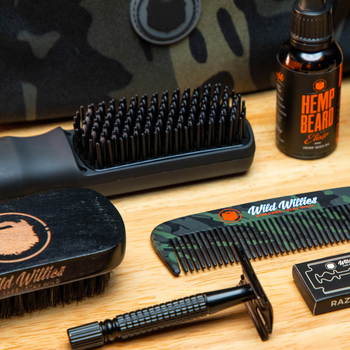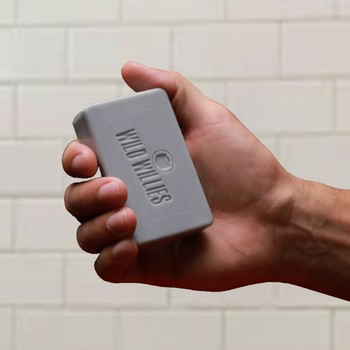How to Grow and Maintain the Perfect Petite Goatee
Growing a petite goatee can be easy if you follow these steps.
1. Grow Your Facial Hair
The first step in growing a petite goatee is to let your facial hair grow to about an inch or two from your jawline. This is a short style, but you may want to grow your hair out a little past your desired length. This will make it easier to trim and style in the next steps because you will have some facial hair to work with. If you have patchy hair growth, we recommend using a beard boost serum to help with the process.
2. Trim Your Goatee
Next, trim your goatee to the desired length using scissors and a comb. The petite goatee can be worn either long or short, depending on your hair growth pattern and preference. The main thing you want to keep in mind is to trim back the hair in a minimalist fashion. The soul patch should just be a small square or triangle under your bottom lip and then chin hair should only cover a small portion of your chin. Use a beard wash and conditioner to keep your petite goatee free from dirt and soft and manageable.
3. Maintenance
The last phase of an awesome petite goatee is keeping well maintained. A healthy goatee starts from the inside. Getting rest, as well as proper nutrition, will help you have a healthy-looking beard for years to come. Also, make sure to keep your beard manageable by brushing it every day and using beard oil or butter to keep it looking fly.
Here are some of our favorite product recommendations to help you get the perfect Petite Goatee:
- Beard Boost Serum: This serum uses the power of biotin and caffeine to promote hair growth and help you thicken, build and grow your beard.
- The trendsetter Grooming Kit: Beard shampoo, conditioner, serum, and comb all inside a manly carry bag.
- Willie's Essential Kit: Holiday Edition: This effective beard kit is scientifically formulated to replenish, moisturize, and hydrate the skin while restoring, fortifying, and encouraging healthy beard growth.




